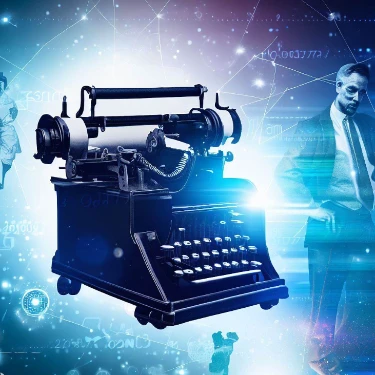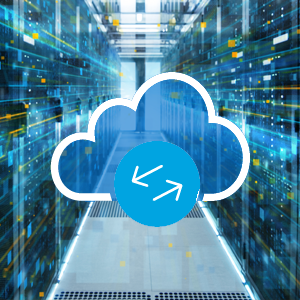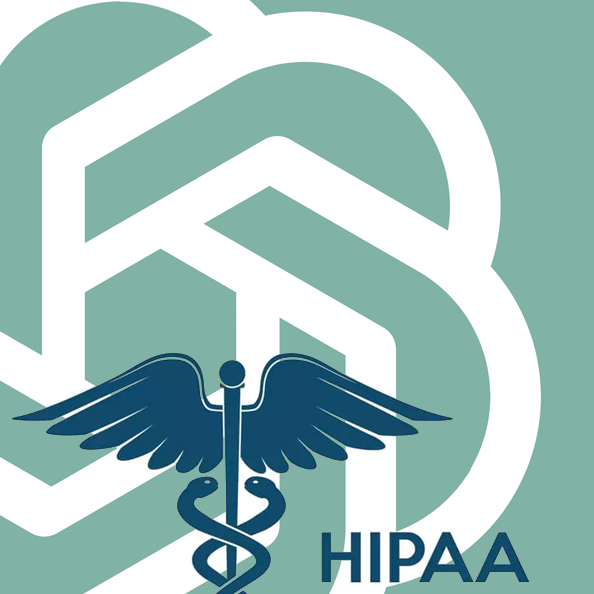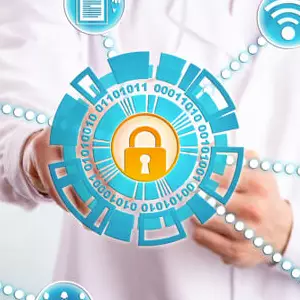History of the Fax
And Why It's Not Going Away
Early Origins
 The origin of the “Fax” machine has its roots much earlier than the more widely accepted invention of the fax by Xerox corporation in 1964. If you want to look back into history over the mechanism for the reproduction of a printed object over a long distance you have to look back to Scottish inventor Alexander Bain, who worked on chemical mechanical fax-type devices and in 1846 was able to reproduce graphic signs. For his efforts, he received a British patent for his “Electric Printing Telegraph” in 1843. Inventor Frederick Bakewell made improvements to Bain’s design and demonstrated a telefax machine. The Pantelegraph, an early form of facsimile machine transmitting over normal telegraph lines, was invented by the Italian physicist Giovanni Caselli. Thus the first commercial telefax service between Paris and Lyon in 1865, some 11 years before the invention of the telephone.
The origin of the “Fax” machine has its roots much earlier than the more widely accepted invention of the fax by Xerox corporation in 1964. If you want to look back into history over the mechanism for the reproduction of a printed object over a long distance you have to look back to Scottish inventor Alexander Bain, who worked on chemical mechanical fax-type devices and in 1846 was able to reproduce graphic signs. For his efforts, he received a British patent for his “Electric Printing Telegraph” in 1843. Inventor Frederick Bakewell made improvements to Bain’s design and demonstrated a telefax machine. The Pantelegraph, an early form of facsimile machine transmitting over normal telegraph lines, was invented by the Italian physicist Giovanni Caselli. Thus the first commercial telefax service between Paris and Lyon in 1865, some 11 years before the invention of the telephone.
Lasts fast forward to a more modern era...
In 1964, Xerox introduced what many consider to be the first commercialized version of the modern fax machine called (LDX) or Long Distance Xerography. Two years later Xerox released the Magnafax Telecopier, a smaller, 46-pound facsimile machine. This machine was much easier to use and could be connected to a standard telephone line. This machine was capable of transmitting a letter-sized document in about six minutes.
In the 70s as faxing became more commonplace Xerox and others continued improvements and made the machines smaller and faster. The ’80s saw the beginnings of hybrid fax/copy/scanners and the evolution to modern fax machines.
Digital Faxing
Speeds, compression, and quality improved over the ensuing decades and the first digital fax interface was created in 1985 called GammaFax which used a computer card to receive faxes directly to a pc.
More and more users were no longer using fax machines but rather used digital fax interfaces (using modems) and online web-based services.
Westfax started in 1999 sending high volume and mission-critical fax communications.
Why it’s not going away
The fax has some unique attributes that are not easily duplicated. A lot of countries will not allow digital signatures and faxes must be used in order to validate financial contracts and documents. HIPAA law requires the protection of medical information as well as the Gramm-Leach-Bliley act which is a modernization of the financial system. The FBI now requires fax requests for FOIA requests and faxing is extremely difficult to spoof as compared to email or digital documents.
With the preponderance of spam and malware in Email, most mass eBlasts and emails are immediately classified as spam and never seen. Industry open rates for most bulk email ranges from 5-15% on a good day. Fax doesn’t get filtered as spam. It can be seen by multiple people and can get immediate attention.
Faxing has been around in some form even before the creation of the telephone. It is not becoming obsolete and is only evolving into a more capable and powerful communication tool.


